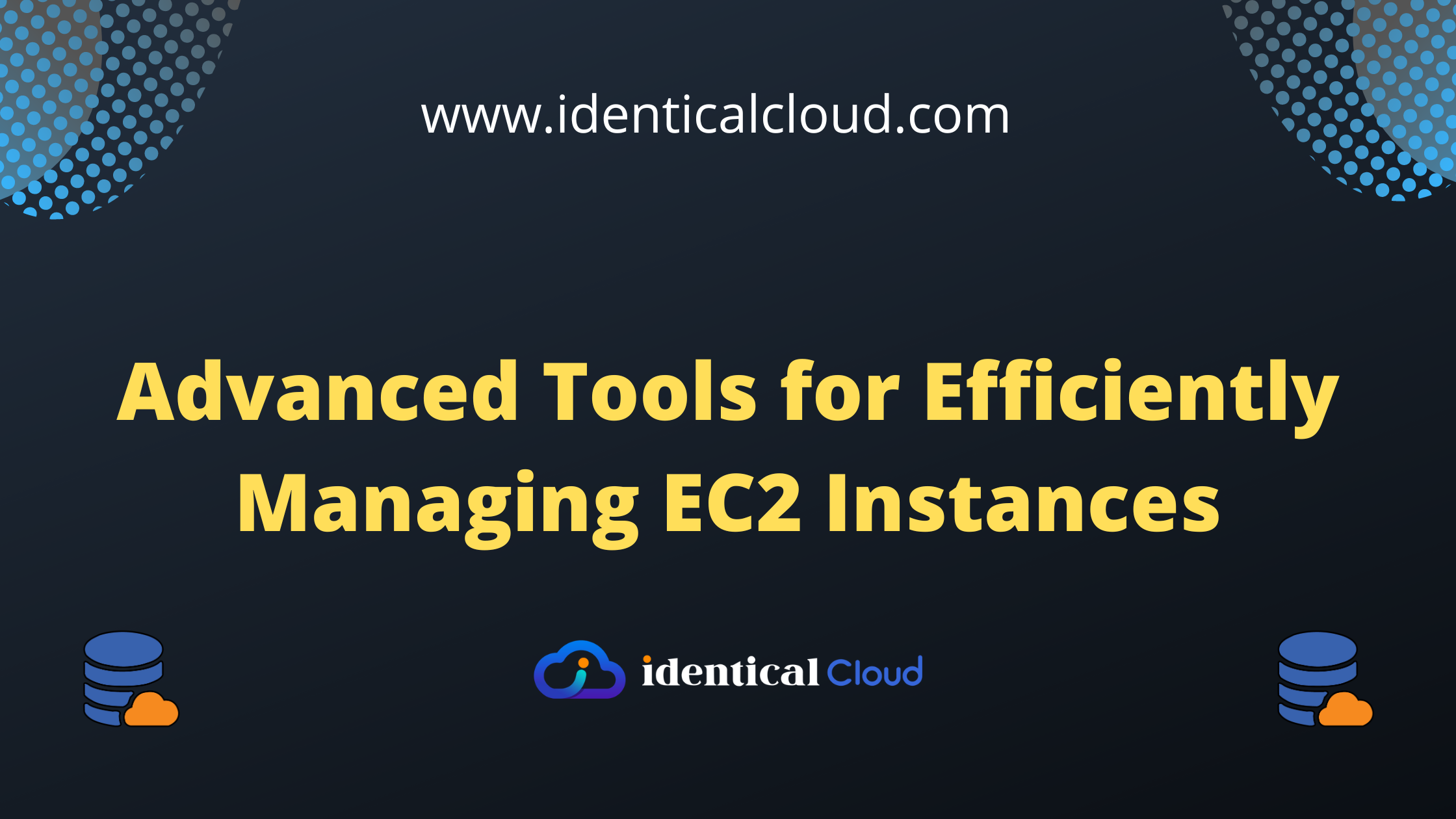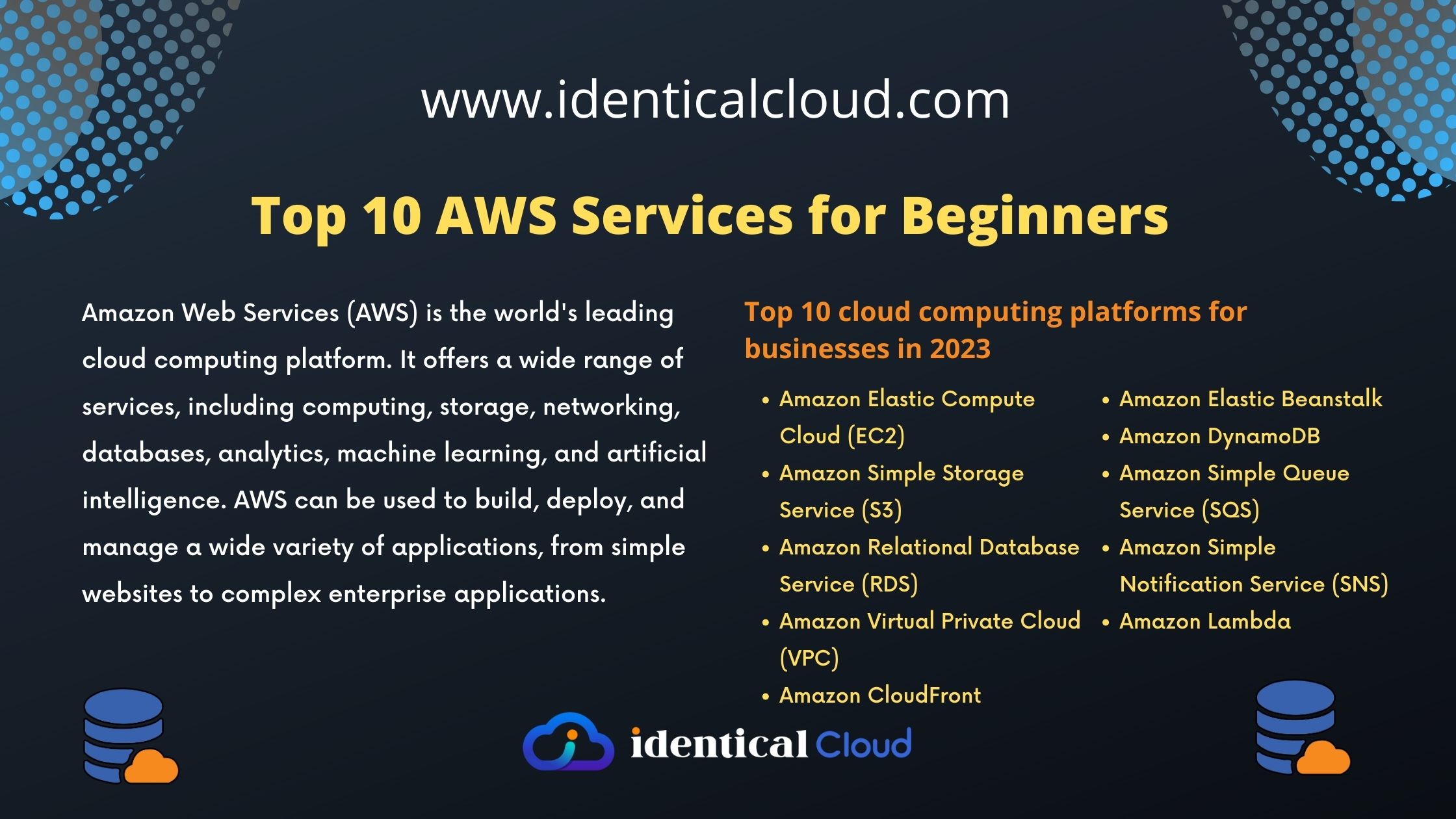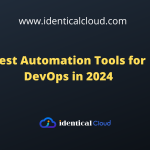
What Are Advanced Tools for Efficiently Managing EC2 Instances?
Advanced Tools for Efficiently Managing EC2 Instances
Amazon Elastic Compute Cloud (EC2) is a highly popular and flexible service provided by Amazon Web Services (AWS) that allows you to easily deploy and manage virtual servers in the cloud. While the AWS Management Console provides a user-friendly interface for managing EC2 instances, advanced tools offer more granular control and automation capabilities.
In this blog, we will explore some of the top advanced tools that can enhance your EC2 management experience, enabling you to efficiently handle your EC2 instances.
AWS Command Line Interface (CLI):
The AWS CLI is a powerful and versatile tool that allows you to interact with various AWS services, including EC2, through the command line. It provides extensive command options and scripting capabilities, making it ideal for automating routine tasks, managing large numbers of instances, and integrating with other tools.
AWS Systems Manager:
AWS Systems Manager offers a suite of management tools that simplify EC2 instance management at scale. It provides features such as centralized instance inventory, patch management, automation, and runbook execution. Systems Manager helps you streamline operational tasks and maintain consistency across your EC2 fleet.
AWS CloudFormation:
CloudFormation is an Infrastructure as Code (IaC) service that enables you to provision and manage your EC2 instances using declarative templates. With CloudFormation, you can define the desired state of your infrastructure and deploy complex, multi-tier environments consistently. It offers efficient management and version control of your EC2 resources.
AWS Elastic Beanstalk:
If you’re looking for a platform as a service (PaaS) solution to manage your EC2 instances and applications, Elastic Beanstalk is an excellent choice. It simplifies the deployment, scaling, and monitoring of web applications, allowing you to focus on your code. Elastic Beanstalk abstracts away the infrastructure details, enabling quick and effortless management of EC2-based applications.
AWS OpsWorks:
OpsWorks is a fully managed configuration management service that automates operations tasks for your EC2 instances. It utilizes Chef or Puppet, industry-standard configuration management tools, to define and manage the desired state of your infrastructure. With OpsWorks, you can easily manage instances, applications, and stacks, ensuring consistency and compliance across your environment.
HashiCorp Terraform:
Terraform is an open-source infrastructure provisioning and management tool that supports multiple cloud platforms, including AWS. It enables you to define your infrastructure as code using a declarative language. Terraform provisions and manages your EC2 instances along with other AWS resources, offering advanced features like resource dependency management and state management.
AWS Auto Scaling:
To efficiently manage EC2 instances based on dynamic demand, AWS Auto Scaling provides an automated scaling solution. It dynamically adjusts the number of instances in response to workload fluctuations, maintaining performance and cost optimization. Auto Scaling helps you achieve high availability and scalability while reducing manual intervention.
AWS Lambda:
While not directly focused on managing EC2 instances, AWS Lambda can be a powerful tool for automating tasks related to EC2 management. You can use Lambda functions to trigger actions based on specific events, such as starting or stopping instances, performing backups, or responding to performance metrics. Lambda allows for serverless, event-driven automation of EC2 management tasks.
Advanced tools for managing EC2 instances offer enhanced control, automation, and scalability, allowing you to optimize your cloud infrastructure management. Whether you prefer command-line interactions, Infrastructure as Code, or fully managed services, the tools mentioned above provide a wide range of options to suit your specific needs. By leveraging these advanced tools, you can streamline your EC2 management, reduce manual efforts, and ensure efficient utilization of your cloud resources.








